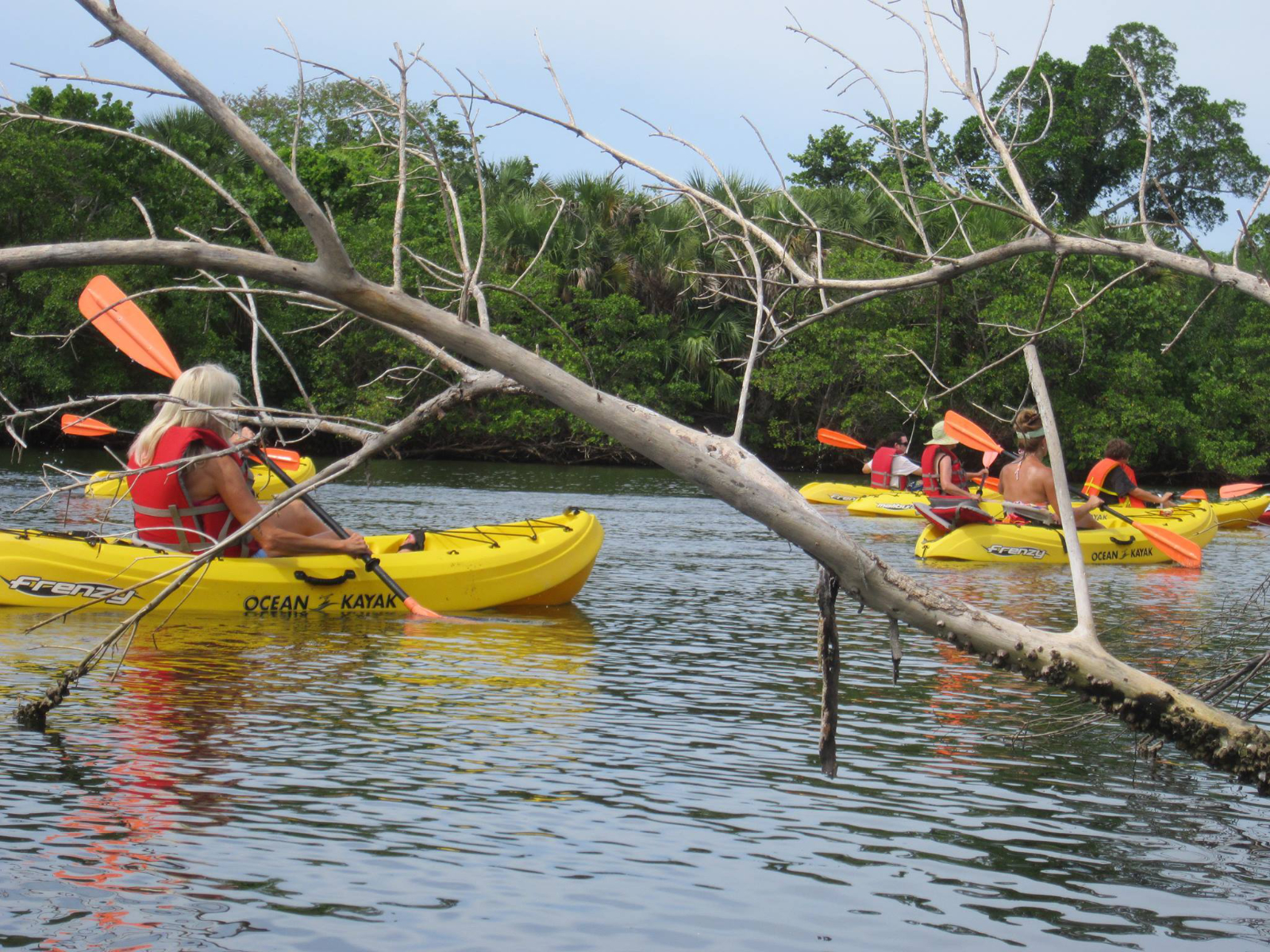One of the greatest things about kayaking is that it can be a remarkably safe and user-friendly activity. But it is important to understand that when things do go wrong, the fact that you are in water means that situations can become extremely serious very fast. This is why you must understand the risks and hazards involved with kayaking.
At Naples Beach Adventures, we always ensure that our clients assume a conservative and safety-conscious attitude when making decisions on the water. Avoiding dangerous situations in water is easy if you follow this simple Kayaking safety advice:
Keep Kayaking Safe with These 6 Guidelines
Here are the six essential kayaking safety guidelines that will dramatically improve your safety on the water.
1. Don’t Drink Alcohol and Paddle
Just like driving and other activities that require concentration, kayaking doesn’t mix with drinking alcohol. While kayaking, you need to be mentally alert to make a quick decision. Alcohol will slow down your reflexes and can lead to catastrophic accidents.
2. Always Wear a Life Jacket on The Water
One of the biggest reasons people take their life jackets off is because it can sometimes get uncomfortable to kayak with it on. And this is why it is worth investing in a kayaking-specific life jacket because they are designed to be comfortable and unrestricted as possible when you’re sitting in a kayak or paddling.
3. Always Dress for The Conditions
Cold water represents the biggest hazard because being immersed in cold water can quickly lead to hypothermia. And so, if you are going to be paddling in cold water, you need to be more conservative with all your decisions.
Don’t be fooled by Florida’s relatively warm climate either – winter water temperatures can still be hazardous, especially when underestimated.
You should also ensure that you paddle in calm conditions, close to the shore. It is very risky to kayak offshore alone.
4. Choose An Appropriate Paddling Location for Your Skill Level
A good kayaking environment should be protected from wind and waves with a good access point for launching and landing. The area should have lots of places to go ashore easily and has minimum motorized boat traffic.
If you are at a beginner or intermediate kayaking skill level, look for calm bays or quiet lakes and rivers without noticeable current. As a general rule, when you move away from the shore, where you can comfortably swim, you need to take extra precautions. You can do this by taking a sea kayaking course to teach you invaluable exposed water rescue skills.
5. Practice Re-Entering Your Kayak from The Water
You must practice how to enter your kayak from the water. Do this several times successfully before you ever need to do it in a real-life situation. Re-entering a sit-on-top kayak is a lot easier than re-entering a sit-inside kayak because it won’t flip.
Just getting the water out of a sit-inside kayak while on the water is a major ordeal, especially if your kayak doesn’t have a bulkhead behind the seat. A bulkhead is simply a wall in the kayak that separates the kayak into two different sections. Such that in the event of a capsize, the whole kayak won’t flip.
Whatever type of kayak you are using, if you can’t confidently re-enter your kayak from the water, it only makes sense that you stay close enough to the shore to swim if need be.
6. Observe The Boating Rules in Your Area
Every state has its specific rules to govern kayaking safety and any boating activities. It is important to follow these rules to the letter because they are based on the area’s weather, water conditions, and basic safety conditions. A rental company will take you through the important rules and things to observe while boating in that specific area.

